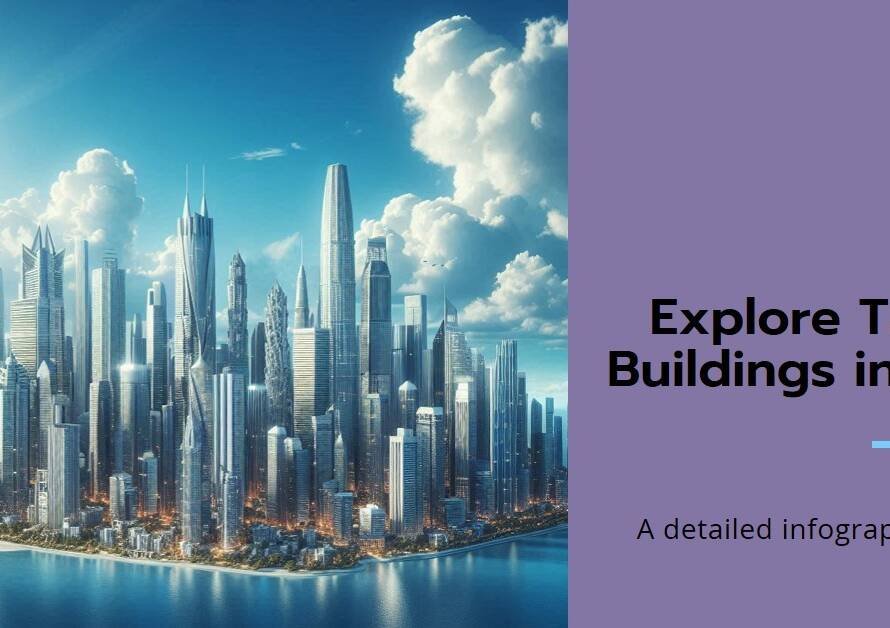
Table of Contents
- Exploring a Career in Environmental Design: A Path to Sustainable Futures
- Understanding Environmental Design
- Educational Pathways and Qualifications
- Key Skills and Competencies
- Diverse Career Opportunities
- The Role of Technology
- Challenges in Environmental Design
- The Impact of Environmental Design
- The Future of Environmental Design
- Conclusion: A Rewarding Career Path
Exploring a Career in Environmental Design: A Path to Sustainable Futures
In today’s rapidly evolving world, the significance of environmental sustainability cannot be overstated. As the global community becomes increasingly aware of the environmental challenges we face, careers in environmental design have surged in importance. This field, which blends creativity with practicality, offers professionals a unique opportunity to impact the world positively. But what exactly does a career in environmental design look like? This comprehensive blog post will delve into the various facets of this exciting career path.
Understanding Environmental Design
Environmental design is an interdisciplinary field that focuses on the sustainable and aesthetic design of built environments. This discipline merges architecture, urban planning, landscape architecture, and environmental science to create spaces that are not only functional and beautiful but also environmentally responsible.
Environmental designers strive to minimize the ecological footprint of their projects. They consider various factors, such as energy efficiency, resource conservation, and the integration of natural elements. By doing so, they contribute to the well-being of both the planet and its inhabitants.
Educational Pathways and Qualifications
To embark on a career in environmental design, aspiring professionals typically pursue a formal education in fields like architecture, urban planning, or landscape architecture. Many universities offer specialized programs in environmental design, providing students with the knowledge and skills necessary to excel in this field.
In addition to a degree, obtaining relevant certifications can enhance one’s credentials. Certifications such as LEED (Leadership in Energy and Environmental Design) or WELL Building Standard demonstrate a commitment to sustainable practices and can significantly boost career prospects.
Key Skills and Competencies
Environmental design requires a diverse skill set. First and foremost, creativity is essential. Designers must envision innovative solutions that harmonize with the natural environment. Strong analytical skills are also crucial, as professionals must assess environmental impact and feasibility.
Moreover, proficiency in technical skills, including computer-aided design (CAD) software and Geographic Information Systems (GIS), is indispensable. Effective communication skills are equally important, as environmental designers often collaborate with various stakeholders, including architects, engineers, and clients.
Diverse Career Opportunities
A career in environmental design opens doors to a wide range of job opportunities. Professionals can work in architecture firms, urban planning departments, landscape architecture companies, and environmental consultancy firms. They may also find employment with government agencies, non-profit organizations, or academic institutions.
Each of these settings offers unique challenges and rewards. For instance, working in an architecture firm might involve designing sustainable buildings, while a role in urban planning could focus on developing eco-friendly city plans. The diversity of career paths ensures that professionals can find a niche that aligns with their passions and skills.
The Role of Technology
Technology plays a pivotal role in modern environmental design. Advanced software tools enable designers to create detailed models and simulations, allowing for precise planning and analysis. Building Information Modeling (BIM) systems, for instance, facilitate the integration of various design elements, enhancing efficiency and collaboration.
Additionally, technology aids in environmental impact assessments. Tools like energy modeling software help designers evaluate the energy performance of buildings, while GIS technology assists in analyzing geographical and environmental data. These technological advancements empower designers to make informed decisions that promote sustainability.


Challenges in Environmental Design
Despite its many rewards, a career in environmental design is not without challenges. One of the primary obstacles is balancing sustainability with cost-effectiveness. While eco-friendly materials and technologies are crucial, they can sometimes be more expensive than conventional options. Designers must find innovative solutions to achieve sustainability without exceeding budget constraints.
Another challenge is staying updated with evolving regulations and standards. Environmental policies and guidelines are continually changing, and professionals must remain informed to ensure compliance. This requires ongoing education and a commitment to professional development.
The Impact of Environmental Design
The impact of environmental design extends far beyond individual projects. By creating sustainable and healthy environments, designers contribute to broader societal goals. For example, eco-friendly buildings reduce energy consumption and greenhouse gas emissions, helping combat climate change. Additionally, green spaces in urban areas enhance the quality of life for residents, promoting physical and mental well-being.
Furthermore, environmental design can drive economic benefits. Sustainable buildings often have lower operating costs, and cities with green infrastructure tend to attract businesses and tourists. Thus, environmental design not only preserves natural resources but also fosters economic growth.
The Future of Environmental Design
Looking ahead, the future of environmental design is promising. As awareness of environmental issues grows, the demand for sustainable design solutions is expected to increase. Innovations in materials and technologies will continue to expand the possibilities for creating eco-friendly environments.
Additionally, interdisciplinary collaboration will become increasingly important. Environmental designers will work closely with experts from various fields, including engineering, ecology, and social sciences, to address complex challenges. This holistic approach will enhance the effectiveness and impact of their work.
Conclusion: A Rewarding Career Path
In conclusion, a career in environmental design offers a unique blend of creativity, technical expertise, and social responsibility. It is a field that not only addresses the urgent need for sustainable solutions but also provides professionals with the opportunity to make a tangible difference in the world.
For those passionate about sustainability and design, this career path is both fulfilling and impactful. As environmental challenges continue to rise, the role of environmental designers will become ever more critical. Embracing this career means contributing to a healthier, more sustainable future for generations to come.


